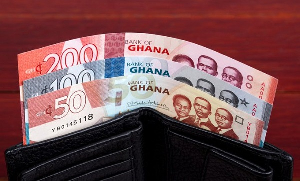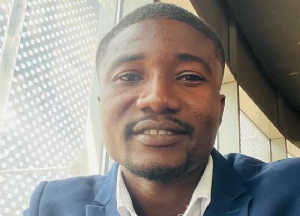Berekum (B/A), Aug. 6, GNA -The Science Department of Berekum Secondary School, has achieved a major scientific breakthrough in the use of local materials for the manufacture of a number of items, including emulsion paints and duplicating ink.
The other items are carbon paper, acid-base indicators and shoe polish. Nana Osei-Antwi and Mr George Adjei-Henneh, Head of the Department and Headmaster of the school respectively, told the Ghana News Agency at a special exhibition to showcase the achievements of the Department.
The emulsion paint was manufactured from clay using leaves, fruits and seeds as colouring agents while the duplicating ink was derived from processing dried and burnt plantain leaves and charcoal.
Nana Osei-Antwi, who won the National Best Science teacher award in 1999, said the Department produced the items from local materials due to its policy of creativity and innovation.
"It is in the light of this that we always strive to encourage our students to explore the environment to see what they can do with materials that are readily available, at low cost and can be recycled".
He said that it was in pursuance of the policy that the Department initiated research projects, which have produced item that have been tested and found to be functional and useful.
Nana Osei-Antwi said that the chipboard produced by the Department is durable and comparable to any board. He said that it was made from cellophane and wood chaff, while the carbon paper was derived from charcoal and newsprint.
Mr Adjei-Henneh said that more research are being done and pledged the School administration's support for the activities of the Department.
He explained that the support is in line with the government's education reforms, which seek to ensure that students are practical, oriented and exploit their environment to make a decent living.
Mr Adjei-Henneh commended the Head of the Department and the students for their creativity. He invited investors to liaise with the Department for the possible commercialisation of its findings
General News of Sunday, 6 August 2000
Source: GNA
Berekum Secondary achieve scientific breakthrough
Entertainment











